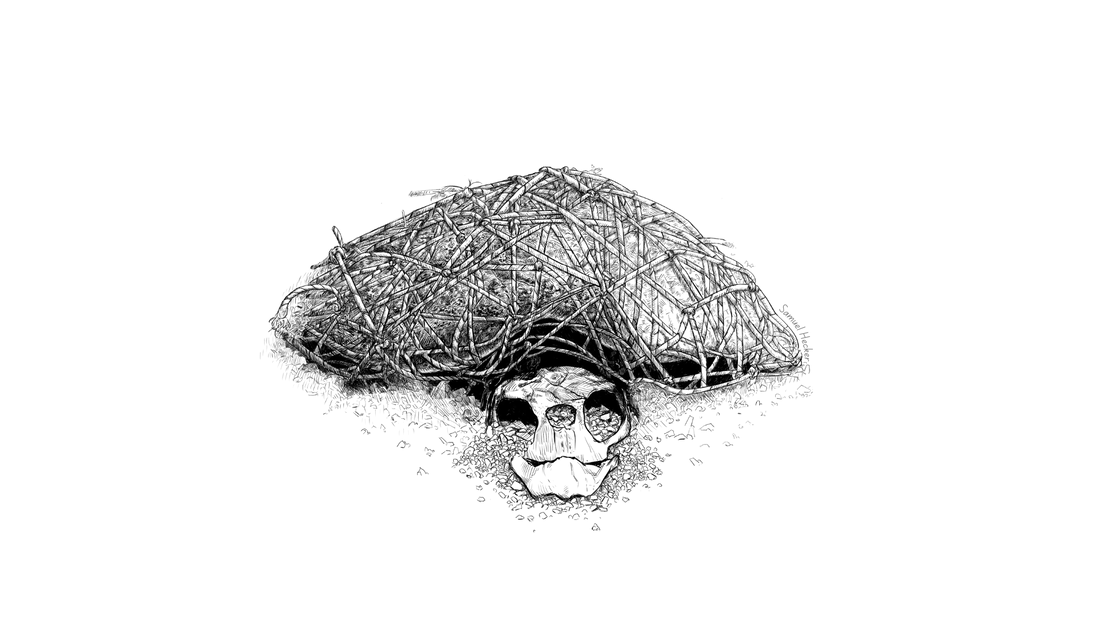
Killing Marine
Imagine watching a mother desperately trying to feed her child, only to accidentally poison them with what she believes is nourishment. This isn't a dystopian fiction – it's the daily reality in our oceans, where according to National Geographic's latest marine study, plastic waste has created an invisible minefield for marine life.
A Mother's Tragic Dance
In the vast blue expanse of our oceans, a mother sea turtle glides through waters that should be crystal clear but are now clouded with our careless legacy. The World Wildlife Fund reports that she mistakes floating plastic bags for jellyfish – her natural prey. Each graceful swoop to catch what she thinks is food becomes a deadly gamble, not just for her, but for her unhatched children who depend on her survival.
Just last month, off Singapore's Southern Islands, researchers from the National Parks Board documented a heartbreaking scene: a mother dolphin attempting to nurse her calf in waters contaminated with our plastic legacy. These waters, once teeming with life, now carry a deadly promise with every swirling piece of debris.
The Scale of Our Betrayal
The numbers from Ocean Conservancy paint a devastating portrait: every minute, a garbage truck's worth of plastic enters our oceans. By 2050, there will be more plastic than fish in our seas. But these aren't just statistics – they're death sentences for countless marine creatures who never chose to be part of our disposable lifestyle. But no tale captures this tragedy more poignantly than what the Marine Pollution Bulletin recently documented in Southeast Asian waters. A mother sperm whale and her calf, their final embrace frozen in death, their stomachs filled not with nourishing squid and fish, but with over 100 pounds of our discarded packaging. Their last meal – the plastic soup our oceans have become – sealed their fate in the most brutal way imaginable.
Singapore's Waters: Where Hope Meets Responsibility
Even in our clean and green nation, the Marine Conservation Society Singapore discovers heart-wrenching scenes during their coastal cleanups. Baby dugongs, often called "sea angels" for their gentle nature, wash up on our shores, their tiny bodies filled with the plastic waste we thoughtlessly discarded. According to the National Parks Board, these incidents have increased by 40% in the past five years.
But in this same city where innovation blooms like our beloved orchids, we're also cultivating solutions. The transformation begins with choices – choices that ripple through our oceans as powerfully as the waves themselves.
Breaking the Cycle of Destruction
While these stories break our hearts, they shouldn't break our spirit. The United Nations Environment Programme emphasises that simple changes in packaging can dramatically reduce marine plastic pollution. At GreenPackers, we're turning this tide of destruction in Singapore with our bio-plastic solutions that write a different narrative for marine life. Our home compostable hemp straws and round pizza trays represent our commitment to protecting ocean ecosystems—each product designed to decompose naturally without leaving the toxic legacy that strangles curious dolphin calves and fills whale mothers' bellies with poison. Unlike traditional plastics that persist for centuries, our PLA products break down faster and leave no deadly inheritance for the next generation of ocean inhabitants. Every drink sipped through our hemp straws and every pizza served on our plant-based trays represents a choice to honour rather than harm the waters that sustain us all.
A Choice for Their Future
Every time we choose sustainable packaging, we help write a new chapter in this story. The Ellen MacArthur Foundation confirms that choosing biodegradable packaging can reduce marine plastic pollution by up to 40%. When you select sustainable packaging options, you're not just making a purchase – you're casting a vote for the survival of countless marine families.
As you read this, somewhere in our vast oceans, a mother is searching for food for her babies. The question is: will she find nourishment, or will she find our plastic waste? The choice, quite literally, is in our hands.
